
What Is Mechanical Energy? Examples, Definition, And Some FAQs Engineer Fix
In physics, work is the energy transferred to or from an object via the application of force along a displacement. In its simplest form, for a constant force aligned with the direction of motion, the work equals the product of the force strength and the distance traveled.
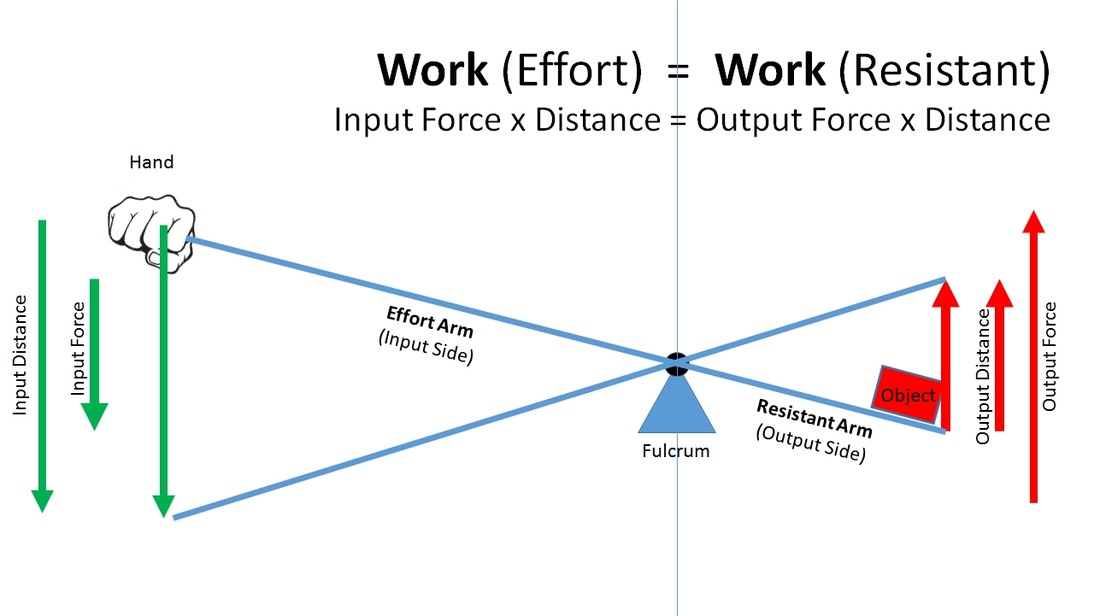
Levers & Mechanical Advantage VISTA HEIGHTS 8TH GRADE SCIENCE
Explain work as a transfer of energy and net work as the work done by the net force. Explain and apply the work-energy theorem. Work Transfers Energy What happens to the work done on a system? Energy is transferred into the system, but in what form? Does it remain in the system or move on? The answers depend on the situation.

PPT Chapters 10/11 Work, Power, Energy, Simple Machines PowerPoint Presentation ID3304776
In this chapter we will be concerned with mechanical energy, which comes in two forms: kinetic energy and potential energy. Kinetic energy is also called energy of motion. A moving object has kinetic energy. Potential energy, sometimes called stored energy, comes in several forms.
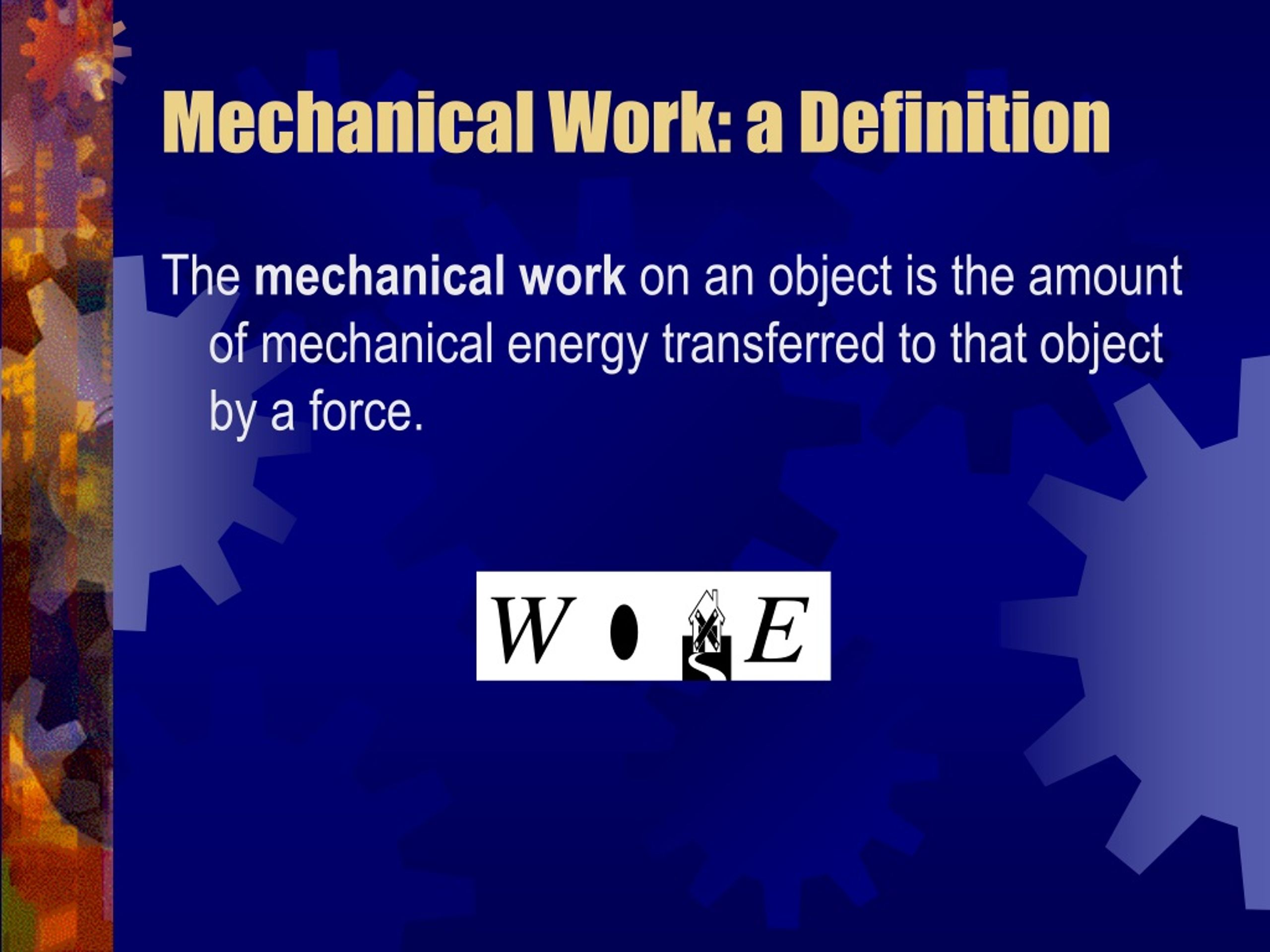
PPT Mechanical Work and Power Learning Goal PowerPoint Presentation ID177815
When we do, we find that 𝑊 sub 𝑐 is 4800 joules. That's how much work was performed on this cart. Let's take a moment now to summarize what we've learned in this lesson on mechanical work. First off, we saw that work is equal to the force exerted on an object multiplied by the distance that object travels.

MrHphysics Mechanical Work (high school physics) YouTube
Jason M. May. Phys. Rev. Phys. Educ. Res. 19, 020168 (2023) - Published 20 December 2023. A review of the evolution of undergraduate physics lab education within the United States that brings out shifts in goals, the rise of PER on labs, and emerging areas of research. Show Abstract.
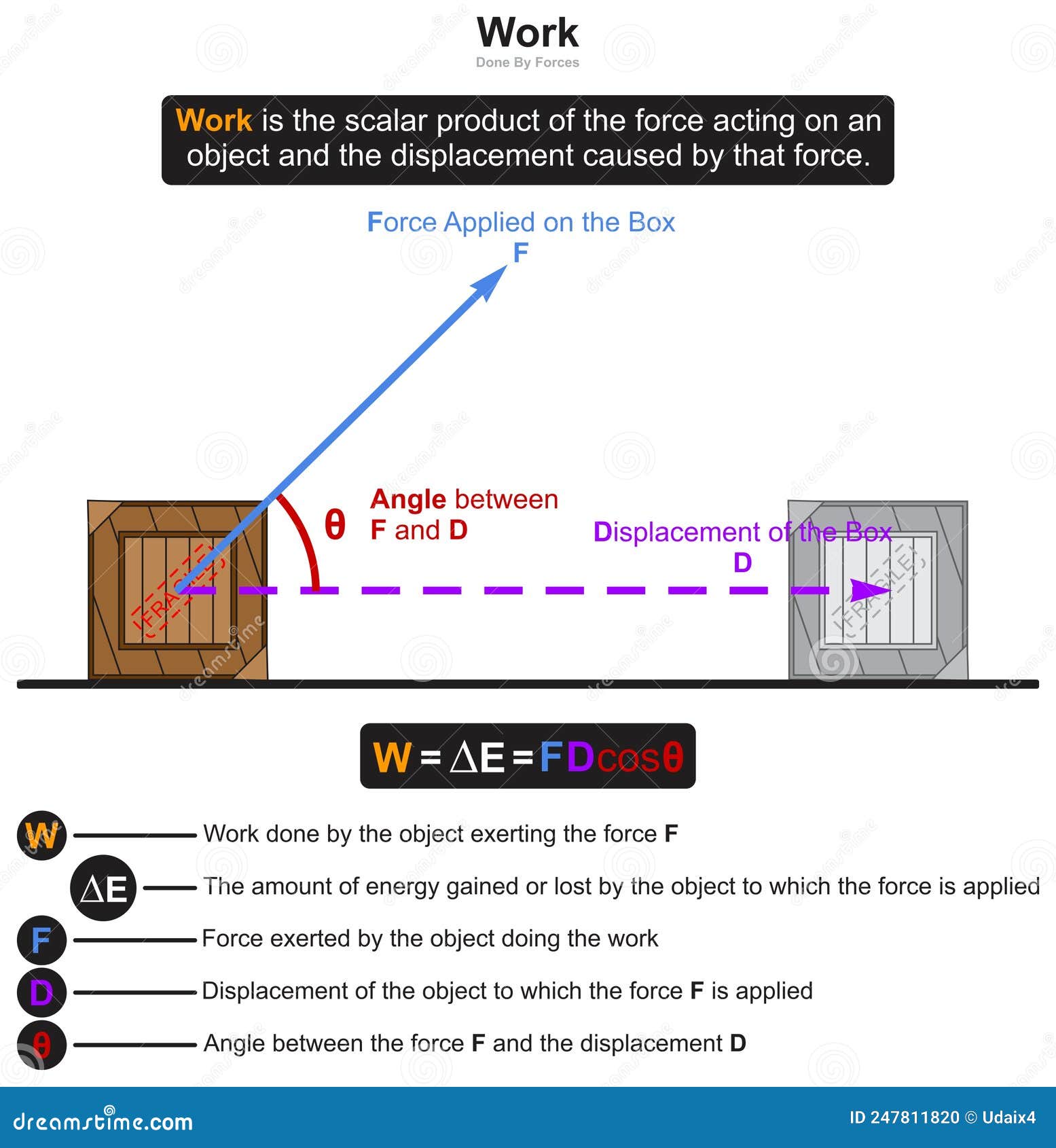
Work Done by Forces Infographic Diagram Physics Dynamics Mechanics Science Stock Vector
Work, Energy, and Power. Lesson 1 - Basic Terminology and Concepts. Definition and Mathematics of Work. Calculating the Amount of Work Done by Forces. Potential Energy. Kinetic Energy. Mechanical Energy. Power. Lesson 2 - The Work-Energy Relationship.

Pulley Problem using Work Energy Theorem YouTube
This is a result of the law of conservation of energy, which says that, in a closed system, total energy is conserved—that is, it is constant. Using subscripts 1 and 2 to represent initial and final energy, this law is expressed as. KE1 + PE1 = KE2 + PE2. K E 1 + P E 1 = K E 2 + P E 2.

What is Mechanical Energy? YouTube
Work, W, is a transfer of energy from one physical system to another via a force acting between the two through a distance. Only the part of the force that acts parallel to the displacement contributes to work. The general algebraic expression for work done along a path s from point A to B is: (2.3.1) W = ∫ A B F → n e t ⋅ d s →.
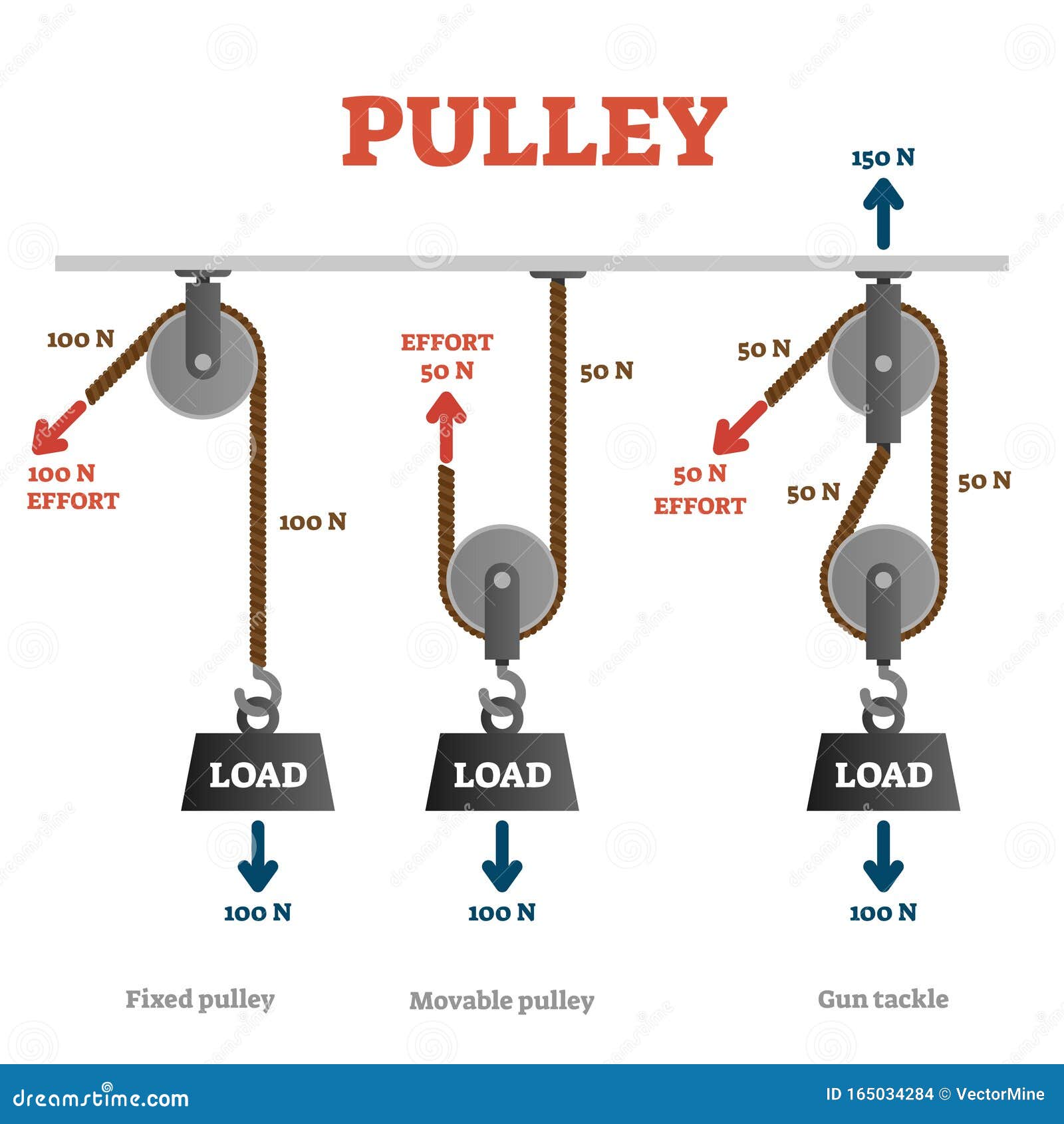
pulley . labeled mechanical physics explanation scheme. Coloso
Work is the transfer of energy by a force acting on an object as it is displaced. The work W that a force F does on an object is the product of the magnitude F of the force, times the magnitude d of the displacement, times the cosine of the angle θ between them. In symbols, (7.1) W = F d c o s θ.

PHYSICS_MECHANICS_WORK POWER & ENERGY_ CONSTANT FORCE YouTube
The work done on the lawn mower is W = F→ ⋅ d→ = Fdcosθ W = F → · d → = F d cos θ, which the figure also illustrates as the horizontal component of the force times the magnitude of the displacement. Figure 7.3 Work done by a constant force. (a) A person pushes a lawn mower with a constant force.

Lesson Video Mechanical Work Nagwa
Introduction to work and energy Work and energy (part 2) Conservation of energy What are energy and work? What is kinetic energy? What is gravitational potential energy? What is conservation of energy? Work and the work-energy principle Work as the transfer of energy Work example problems Work as area under curve

Mechanics Resolving vectors at angles (Alevel Physics) YouTube
7.3: Kinetic Energy. Kinetic energy related to the forces acting on a body and was referred to as "the energy of motion.". The kinetic energy of a particle is one-half the product of the particle's mass m and the square of its speed v. 7.4: Work-Energy Theorem. Work-Energy Theorem argues the net work done on a particle equals the change.
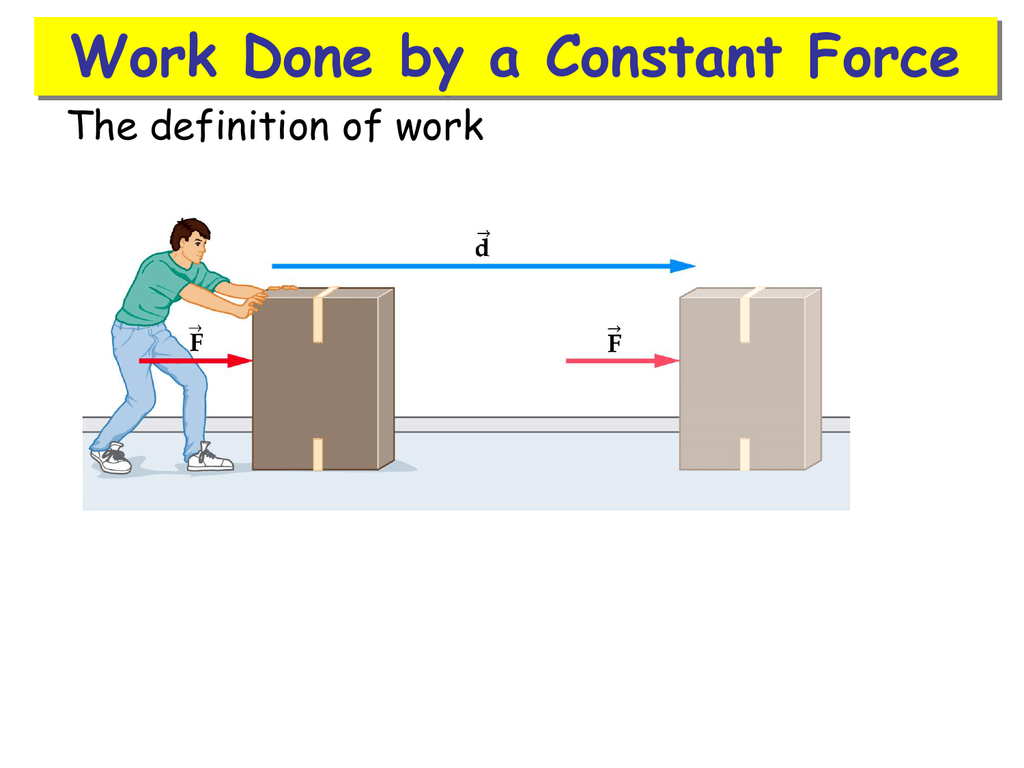
Work Done by a Constant Force
In physics, mechanical work is the amount of energy transferred by a force. Like energy, it is a scalar quantity, with SI units of joules. Heat conduction is not considered to be a form of work, since there is no macroscopically measurable force, only microscopic forces occurring in atomic collisions.

Energy and the WorkEnergy Theorem Physics
In mechanics, 1 joule is the energy transferred when a force of 1 Newton is applied to an object and moves it through a distance of 1 meter. Another unit of energy you may have come across is the Calorie. The amount of energy in an item of food is often written in Calories on the back of the packet.
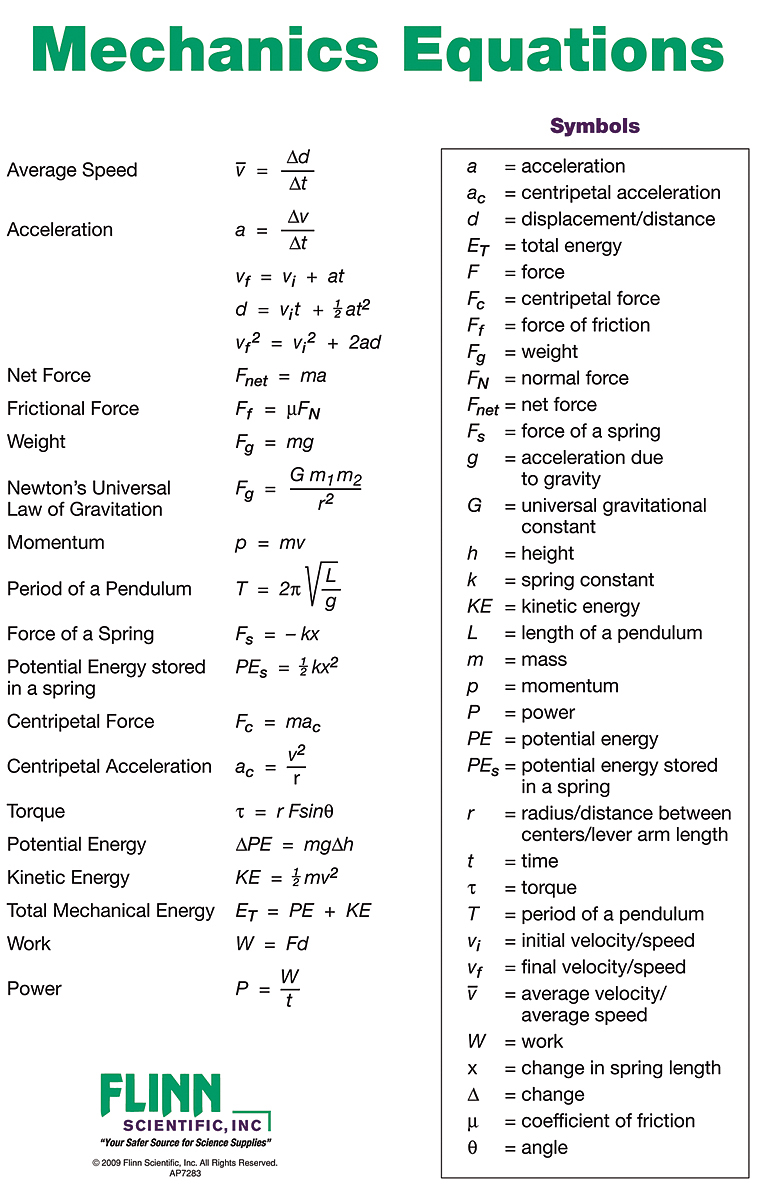
Mechanics Equations Posters for Physics and Physical Science
Figure 9.7 (a) A pry bar is a type of lever. (b) The ideal mechanical advantage equals the length of the effort arm divided by the length of the resistance arm of a lever. In general, the IMA = the resistance force, Fr, divided by the effort force, Fe. IMA also equals the distance over which the effort is applied, de, divided by the distance.

Mechanical Energy Eschool
mechanics, science concerned with the motion of bodies under the action of forces, including the special case in which a body remains at rest. Of first concern in the problem of motion are the forces that bodies exert on one another.